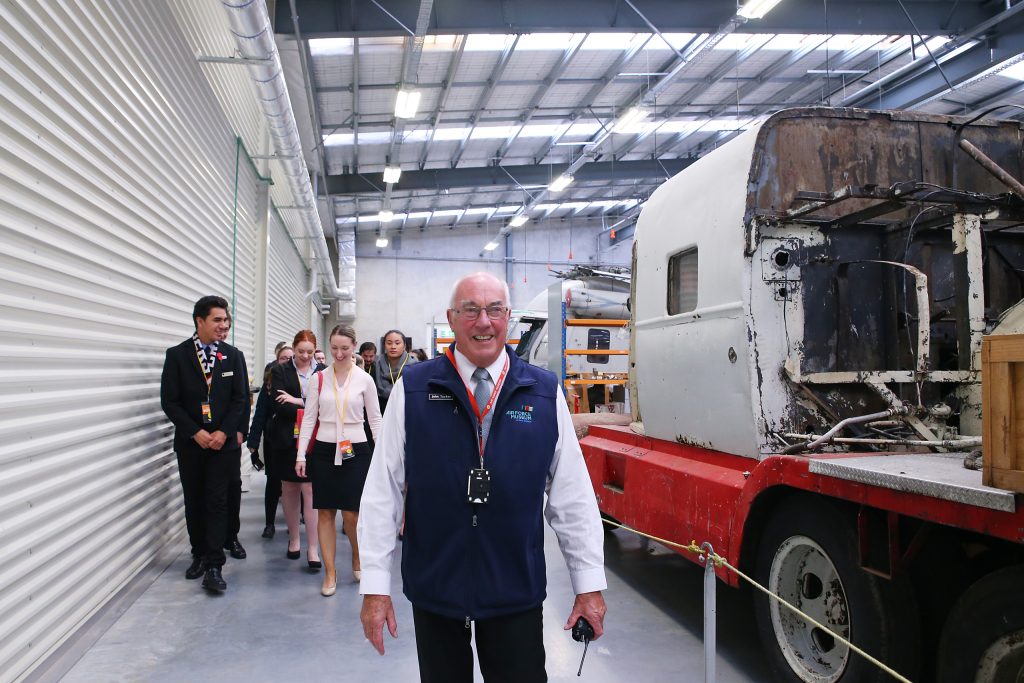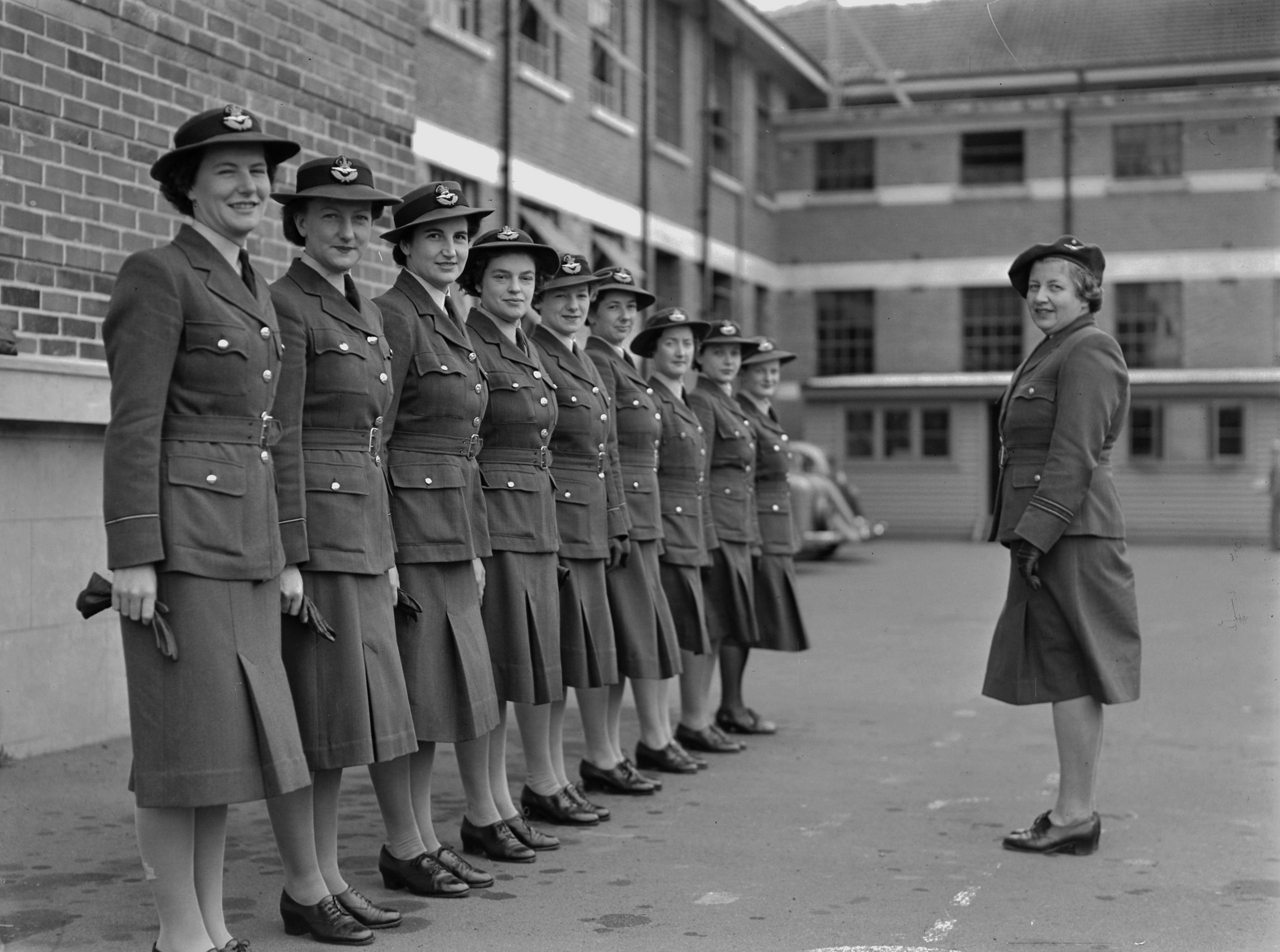Uniform is one of the most visually distinctive aspects of the military. It fosters a sense of unity, identity, and professionalism. It also has the practical function of providing identification of hierarchy and responsibility: differentiating Officers and Other Ranks and reflecting occasions of wear, such as ceremonial or daily working dress.
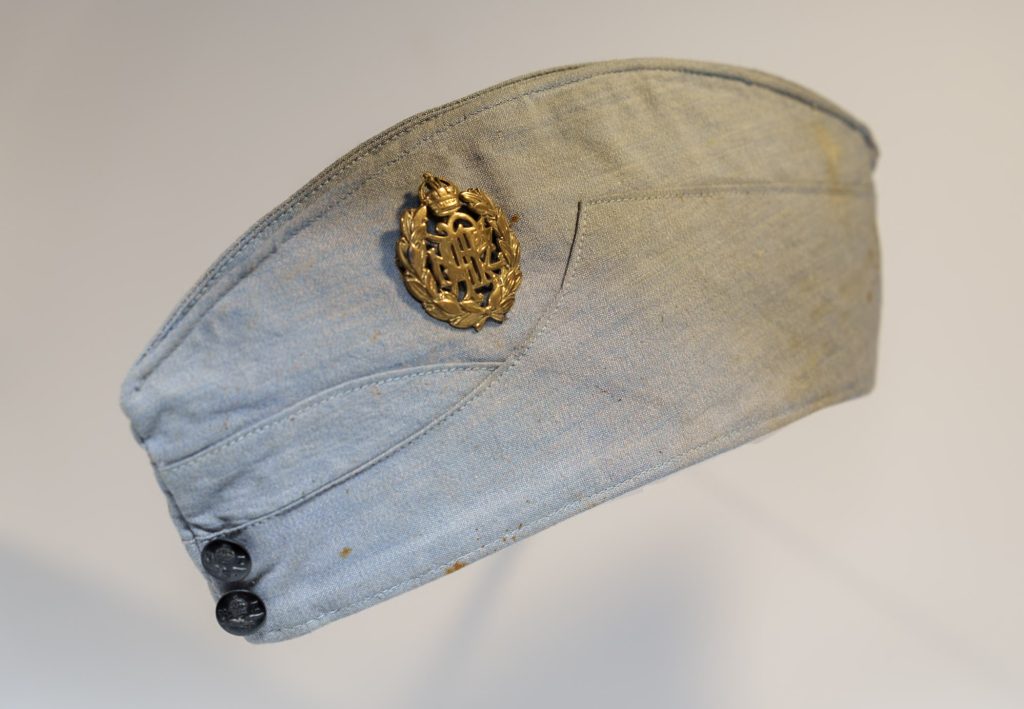
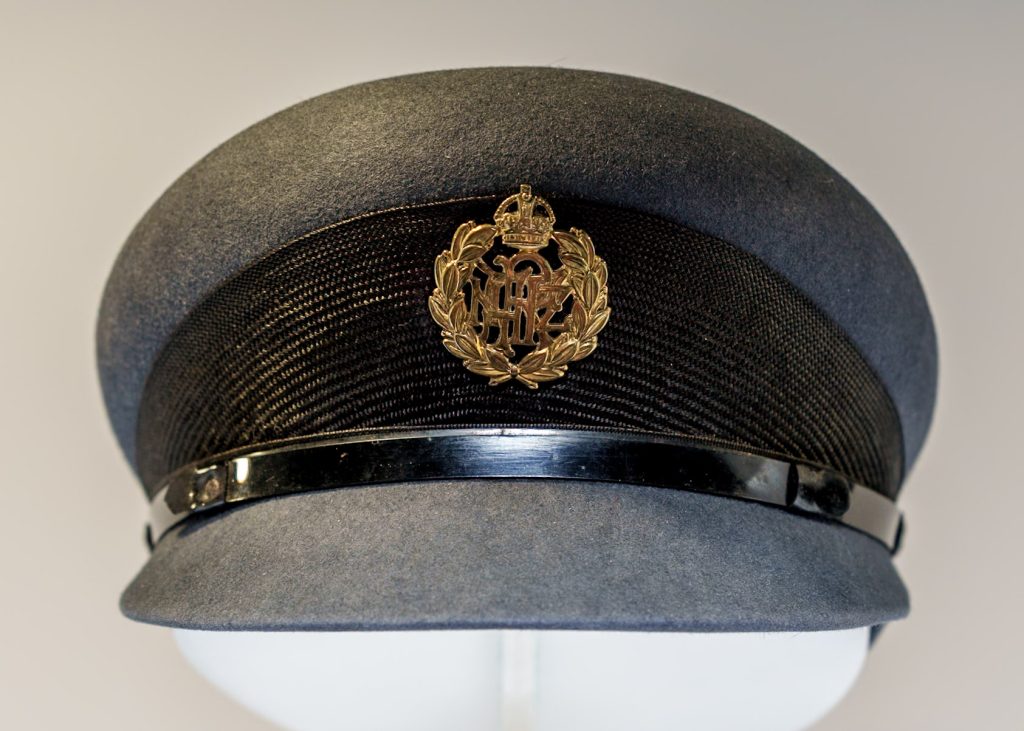
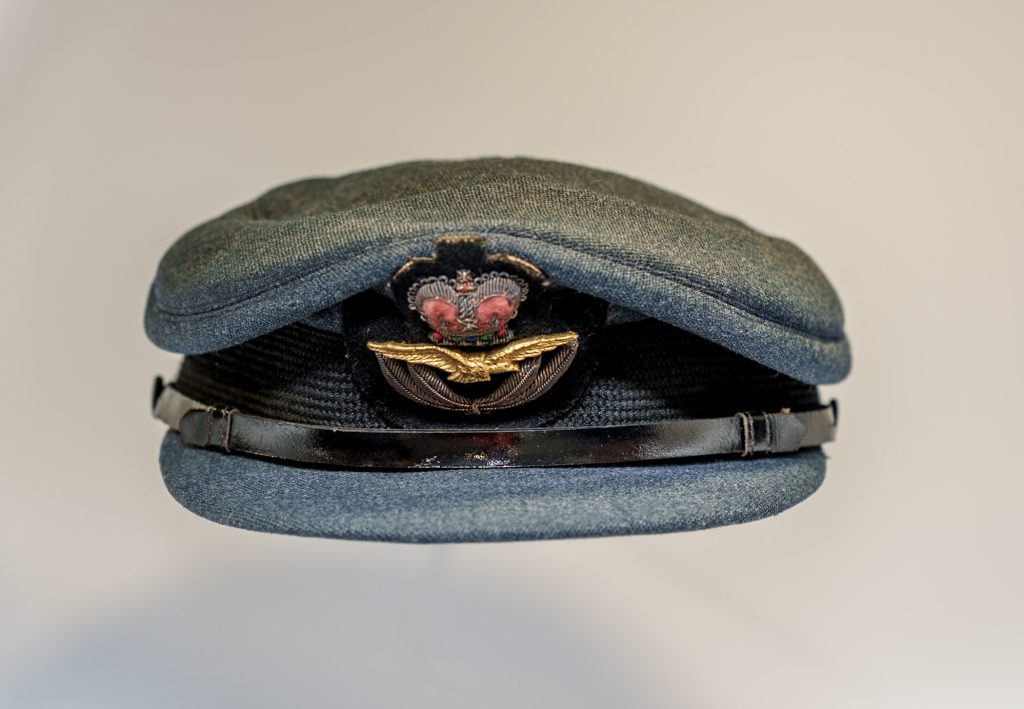

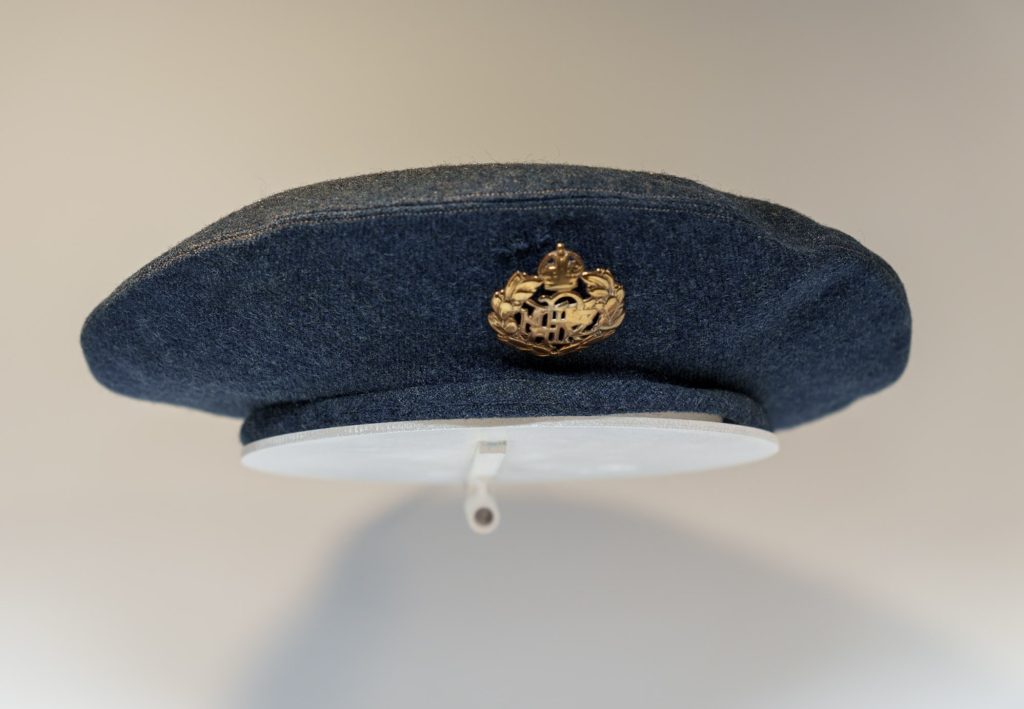
The first time New Zealand women could wear an air force uniform was with the establishment of the Women’s Auxiliary Air Force (WAAF) during World War Two. Uniform was an important part of recruiting for the WAAF: it was considered a visible way to show commitment to the war effort, and, in some cases, it was the smart uniform that convinced women to volunteer.
The first New Zealand WAAF uniform was based on the British equivalent, but with the adoption of a different type of hat. In the early 1950s, actual Women’s Royal Air Force (WRAF) hats were imported from Britain for use in the service now known as the Women’s Royal New Zealand Air Force (WRNZAF). In the 1960s, a new uniform was adopted, also based on the WRAF. Recruiting at this time stressed the glamour of the WRNZAF and this image was reflected in the uniform.
This blog features headdress worn by Officers and Other Ranks (Airwomen) in the WAAF and WRNZAF, from 1941 until 1977.
Did you know? ‘Headdress’ is used in the military to describe uniform caps and hats, and is the term used in the RNZAF Order of Dress.
WAAF ‘Slouch’ Hat

The first hat issued to women serving in the WAAF was a brimmed blue woollen felt hat, known as a slouch hat. It was introduced in August 1941 with the Officer and Airwomen versions being identical, except for the badges and hat band (black mohair for Officers and a blue-grey ribbon with bow for Airwomen).
The slouch hats were unpopular as they tended to blow off in the wind and dripped when they got wet in the rain. When a beret was introduced for working dress, the brimmed hat was only worn on parade in dry weather. A higher quality version of the slouch hat was imported as tropical wear for WAAFs posted the Pacific during the World War Two.
WAAF Beret

Image: WgG131-48, RNZAF Official.
The distinctive baggy WAAF beret was introduced in May 1942 as everyday working dress, with different badges for Officers and Airwomen. The style was retained until the 1960s as the equivalent to the male Field Service cap.
RNZAF Tropical Field Service Cap
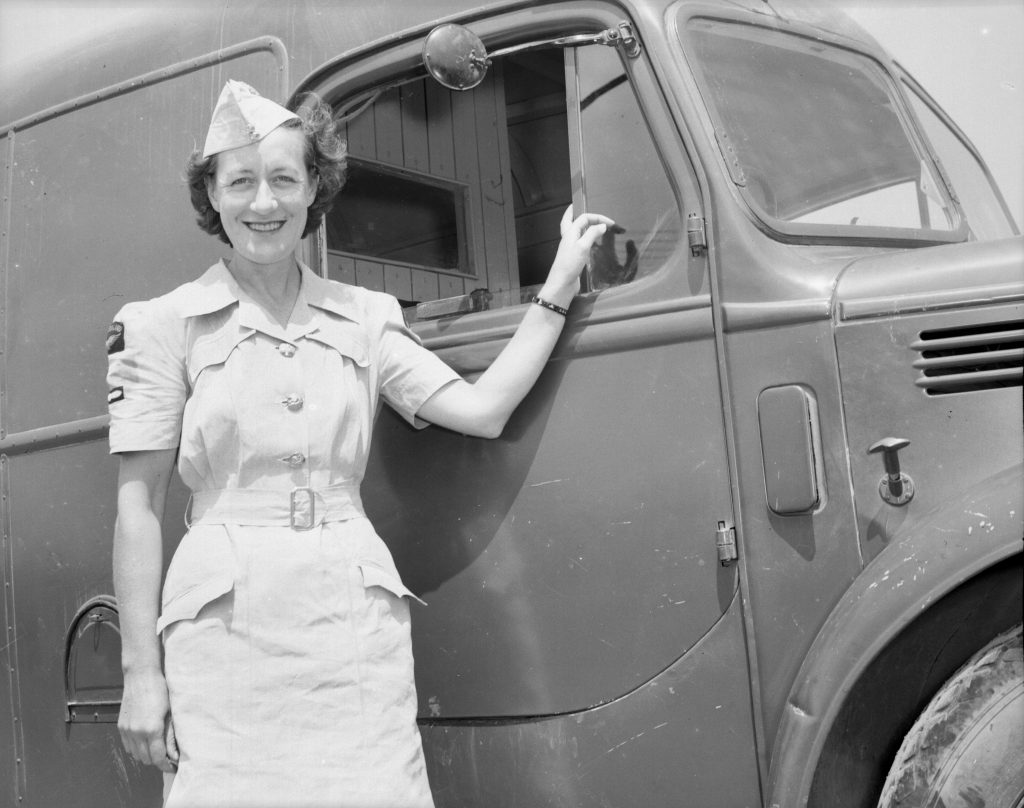
Image: LbG79-53, RNZAF Official.
In September 1944 a light blue tropical version of the male Field Service cap was introduced. It was also issued to WRNZAF members serving in Fiji from 1953 (women were not stationed outside of New Zealand between 1946 and 1953). It was the only case of an official item of headdress being worn by both genders simultaneously.
WRNZAF Officer Cap
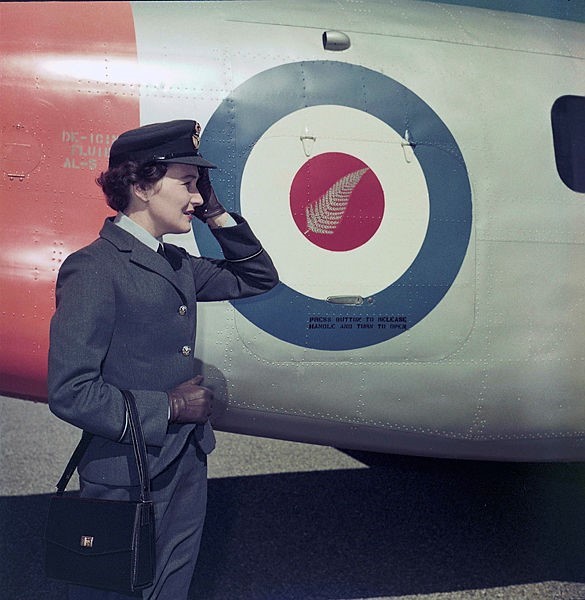
The British WRAF soft top peaked cap was imported in the early 1950s as the brimmed slouch hat replacement for WRNZAF Officers. It was much like the male Service Dress cap, but with a seam pattern in the crown. It remained the standard Officer headdress until the early 1970s.
WRNZAF Airwomen Cap

Image ref: 2015/040.1
The British WRAF moulded cap was imported in the early 1950s for WRNZAF Airwomen, and was worn until the early 1960s. Made from felt on a hard shell, they became known as ‘hard hats.’
WRNZAF Toque
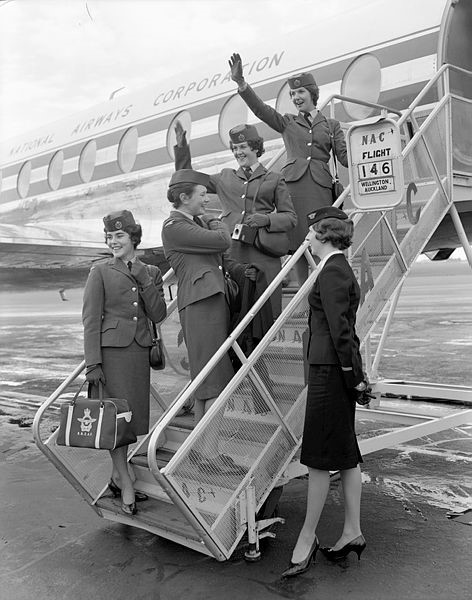
Image ref: PR3805-62, RNZAF Official.
The WRNZAF adopted a new uniform in the early 1960s, which included a toque style hat known as the ‘Air Hostess’ due to its resemblance to those worn by commercial airline stewardesses. The toque was the only headdress available to Airwomen until 1986 when a bowler style hat was introduced as Service Dress, and the toque was thereafter considered part of the less formal Field Service uniform.
Variations of the toque and bowler hats are worn by female members of the RNZAF today.
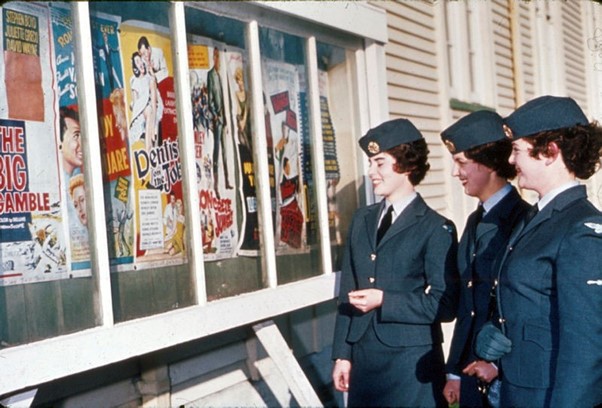
Image: MUS110047



